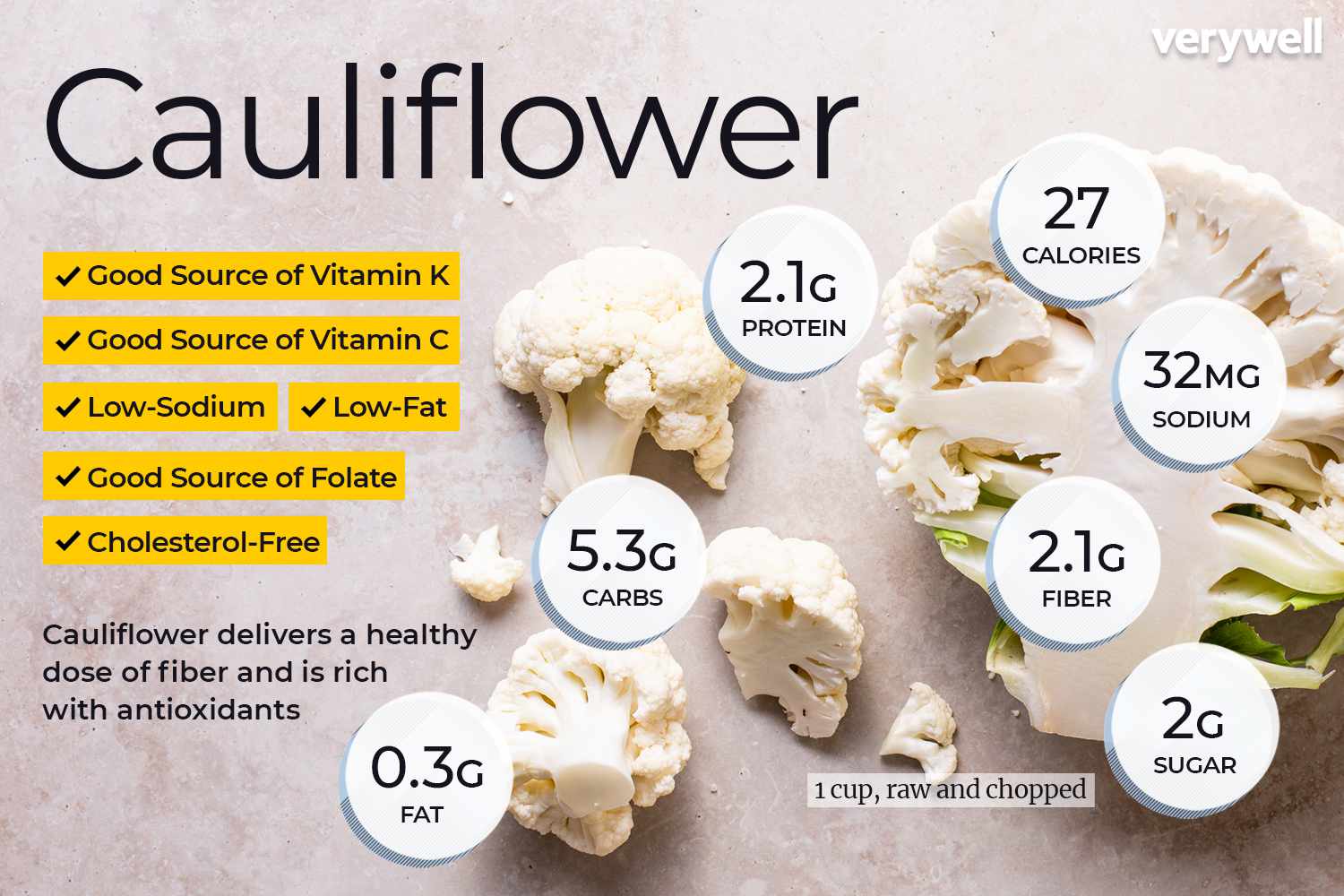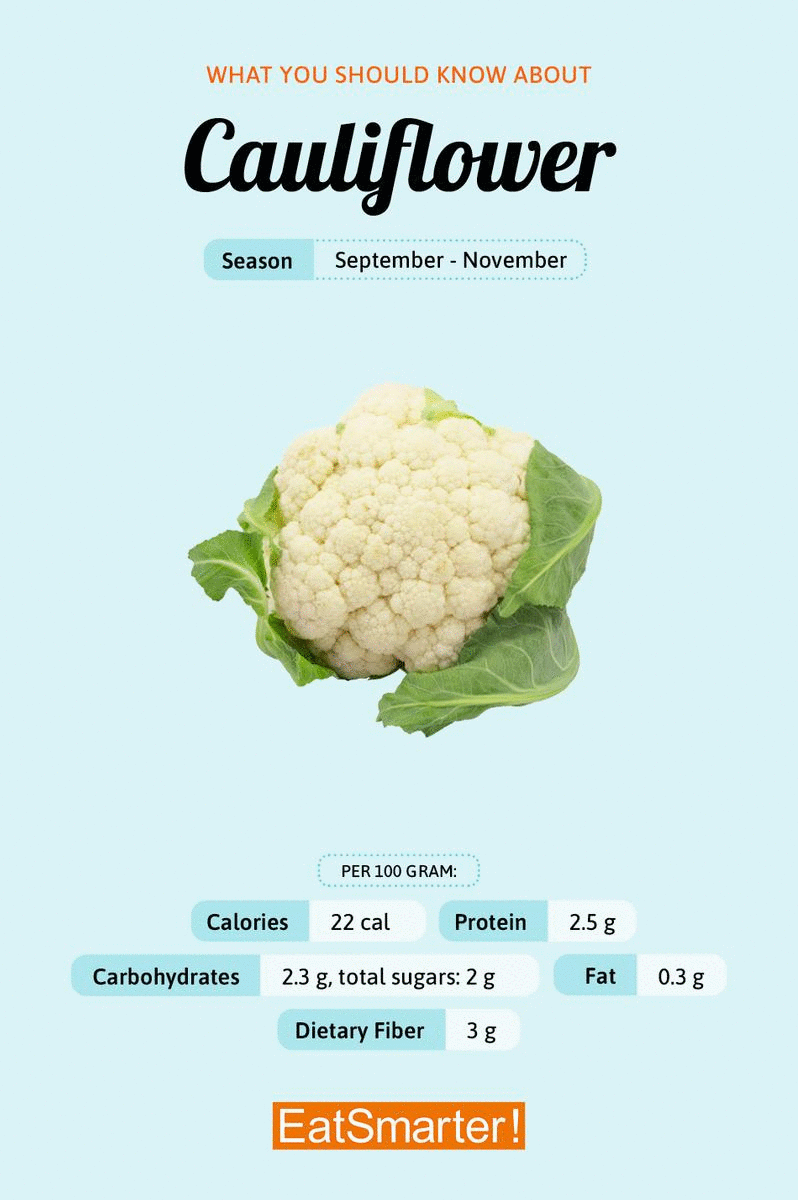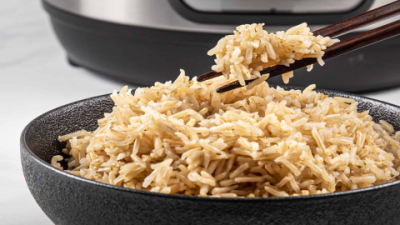Cauliflower. It’s one of those vegetables that’s quietly taken over kitchens everywhere. You might have noticed it popping up in recipes as a rice substitute, mashed like potatoes, or simply steamed as a side dish. But if you’re watching your calories or just curious about what you’re eating, you probably wonder: how many calories are actually in steamed cauliflower? Spoiler alert—it’s surprisingly low, but there’s a lot more to this humble veggie than just its calorie count.
Let’s dive into what steamed cauliflower really brings to the table, literally and nutritionally. First off, a typical serving of steamed cauliflower—think about three-quarters of a cup or roughly grams—packs around calories. That’s barely anything! To put it in perspective, that’s fewer calories than a small apple or a slice of bread. And here’s the kicker: those calories come mostly from carbs and a little protein, with almost no fat at all.
| Nutrient | Amount per ¾ cup (85g) | % Daily Value* |
|---|---|---|
| Calories | 20 | 1% |
| Total Fat | 0g | 0% |
| Saturated Fat | 0g | 0% |
| Cholesterol | 0mg | 0% |
| Sodium | 25mg | 1% |
| Total Carbohydrate | 4g | 1% |
| Dietary Fiber | 2g | 7% |
| Sugars | 2g | - |
| Protein | 2g | 4% |
| Potassium | 254mg | 5% |
| Calcium | 19mg | 2% |
| Iron | 0mg | 0% |
So why is steamed cauliflower so low in calories? Well, it’s mostly water—like, over 90% water—and fiber, which doesn’t add calories but fills you up. Steaming it is a gentle way to cook, so you’re not adding oils or fats that bump up the calorie count. Unlike frying or roasting with butter or oil, steaming keeps it light and healthy.

But calories aren’t the whole story. Steamed cauliflower is actually pretty impressive when it comes to nutrition. For one, it’s a good source of fiber, which helps keep your digestion on track and can make you feel full longer (always a plus if you’re trying to lose weight). It also has potassium, which is great for your heart and muscles. And even though steaming can reduce some vitamin C compared to eating it raw, there’s still a decent amount left to give your immune system a boost.
Another thing I love about steamed cauliflower is how it fits into almost any diet. Whether you’re keto, paleo, vegan, or just trying to eat cleaner, cauliflower is your friend. It’s low in carbs, fat-free, and naturally gluten-free, so it plays well with all sorts of eating plans.
| Diet Type | Why Steamed Cauliflower Works Well |
|---|---|
| Keto | Low in carbs, helps maintain ketosis if eaten in moderation. |
| Paleo | Whole food, unprocessed, nutrient-dense. |
| Vegan/Vegetarian | Provides fiber, vitamins, and plant protein. |
| Low-Calorie | Very low in calories, perfect for weight loss. |
| Gluten-Free | Naturally gluten-free, safe for celiac disease. |
Now, if you’re wondering how steaming stacks up against other ways to cook cauliflower, here’s the scoop. Steaming keeps the calories low and nutrients intact better than boiling or frying. Boiling can leach out some vitamins into the water, and frying? Well, that adds a whole lot of calories thanks to the oil.
| Cooking Method | Calories per 100g | Notes |
|---|---|---|
| Steamed | 20-23 | Preserves nutrients, no added fat. |
| Boiled | 23 | Some vitamins lost in water. |
| Roasted (with oil) | 50-70 | Higher calories due to oil. |
| Fried | 100+ | High fat and calories from oil. |
What’s great is how easy it is to add steamed cauliflower to your meals. You can keep it simple—just steam it and sprinkle some salt, pepper, maybe a squeeze of lemon. Or get creative: pulse it into cauliflower rice, mash it like potatoes, toss it into soups, or add it cold to salads for a bit of crunch. It’s one of those veggies that’s super flexible and always tasty.
Frequently Asked Questions
Q: How many calories are in cup of steamed cauliflower?
A: Roughly calories, give or take depending on the exact size and how it’s cooked.
Q: Does steaming cauliflower reduce its nutrients?
A: Steaming is actually one of the best ways to keep nutrients intact. Some vitamin C will be lost compared to raw, but it’s better than boiling or frying.
Q: Can steamed cauliflower help with weight loss?
A: Definitely. It’s low in calories but high in fiber, which helps you feel full and satisfied without overeating.

Q: Is steamed cauliflower good for diabetics?
A: Yes, it’s low in carbs and has a low glycemic index, so it won’t spike blood sugar levels.
Q: How does steamed cauliflower compare to raw cauliflower in calories?
A: They’re pretty close. Raw cauliflower might have slightly fewer calories, but steaming makes it easier to digest and more enjoyable for many people.
On top of all that, cauliflower offers some pretty cool health perks beyond just calories and vitamins. It has antioxidants and compounds like sulforaphane that may help fight inflammation and even support your body’s detox systems. Some research even hints that eating cruciferous veggies regularly might lower the risk of certain cancers. Plus, it has vitamin K and calcium, which are good for your bones.
| Nutrient | Amount per 100g | % Daily Value* |
|---|---|---|
| Calories | 20- kcal | 1% |
| Protein | 1.8-2g | 4% |
| Carbohydrates | 4g | 1% |
| Fiber | 2-2.3g | 7-9% |
| Fat | 0-0.45g | 0-1% |
| Vitamin C | 44mg | 49% |
| Potassium | 142-254mg | 4-5% |
| Calcium | 16-19mg | 2% |
| Iron | 0.3mg | 4% |
So, to wrap it all up—steamed cauliflower is a fantastic, low-calorie vegetable that fits almost any diet and offers a bunch of health benefits. It’s easy to cook, easy to eat, and can be jazzed up in tons of different ways. If you’re counting calories or just want to eat healthier, it’s definitely worth making steamed cauliflower a regular part of your meals.
Give it a try, and who knows? You might find yourself loving this underrated veggie more than you thought possible.



